
Image: NY Public Library
In the decades before the Civil War, Thomas Downing, the son of slaves, became the acknowledged oyster king of New York City when New York was the oyster capital of the known universe. He had learned how to rake oysters as a child on Chincoteague Island, Virginia. When he moved to New York in 1819 at the age of 28, he became an oysterman.
There were hundreds of oyster cellars in New York City at the time, many associated with working-class bars, dance halls, and brothels. Oysters were plentiful, cheap, and thought of as a food of the lower classes.
Thomas Downing helped to change that perception, when he opened his own oyster cellar at 5 Broad Street, in the heart of the financial district, in 1825. The restaurant was elegantly appointed with damask curtains, gold-leaf carvings, chandeliers and mirrored hallways. Stockbrokers, attorneys, politicians, and other of the city’s elites ate raw, fried, or stewed oysters, oyster pie, fish with oyster sauce, or poached turkey stuffed with oysters.
Continue reading →




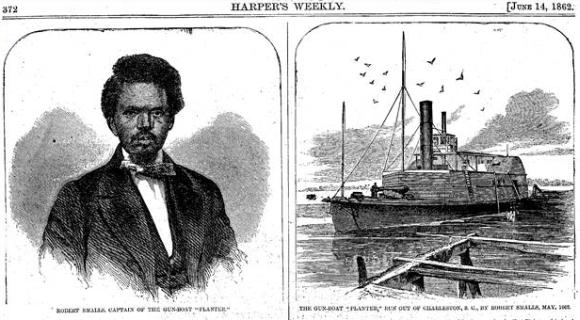 Robert Smalls is an unsung American hero. If all goes well, he may soon get some of the recognition that he deserves. Last year, it was announced that Charles Burnett is directing a movie about Robert Smalls for Amazon Studios. It is expected to be released later this year.
Robert Smalls is an unsung American hero. If all goes well, he may soon get some of the recognition that he deserves. Last year, it was announced that Charles Burnett is directing a movie about Robert Smalls for Amazon Studios. It is expected to be released later this year. 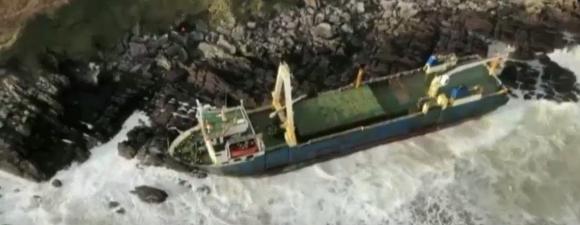

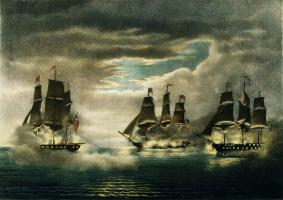
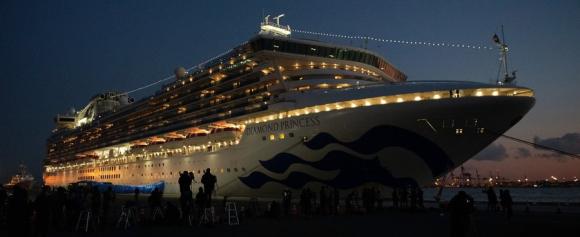 Is the quarantine of the
Is the quarantine of the 





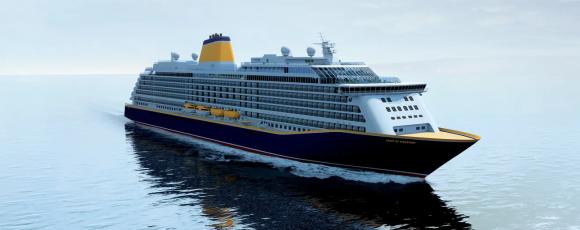
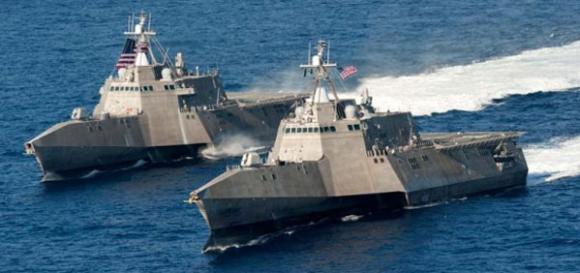 In its recent budget proposal, the Navy announced its intention to retire the first four Littoral Combat Ships (LCS) — the
In its recent budget proposal, the Navy announced its intention to retire the first four Littoral Combat Ships (LCS) — the 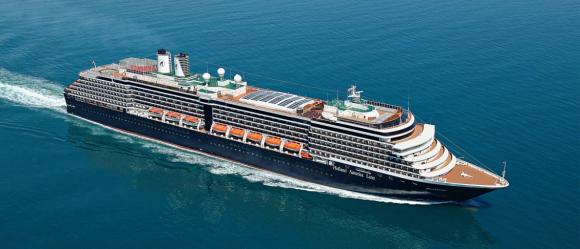 The legend of the
The legend of the 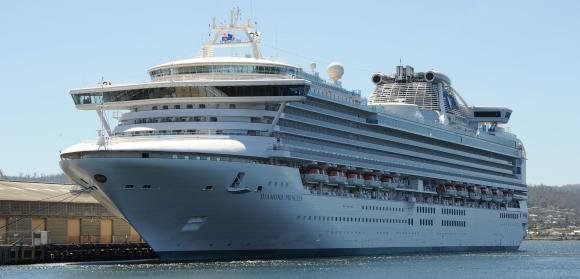 Overnight the number of passengers and crew onboard the cruise ship Diamond Princess who have tested positive for the coronavirus has nearly doubled, from 70 to 136. An additional 66 people on board the quarantined cruise ship have tested positive for the virus. Among those testing positive are 23 Americans. The ship is being held in quarantine in the port of Yokohama, Japan.
Overnight the number of passengers and crew onboard the cruise ship Diamond Princess who have tested positive for the coronavirus has nearly doubled, from 70 to 136. An additional 66 people on board the quarantined cruise ship have tested positive for the virus. Among those testing positive are 23 Americans. The ship is being held in quarantine in the port of Yokohama, Japan.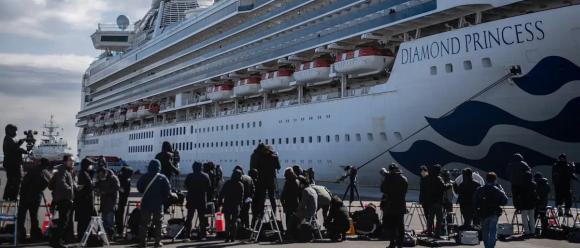 We recently
We recently 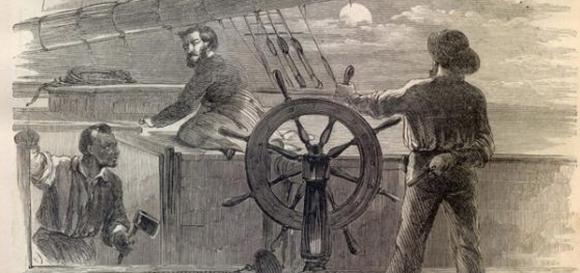 A repost in honor of Black History Month.
A repost in honor of Black History Month. 
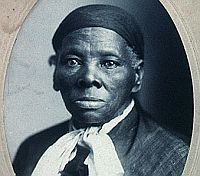 In honor of Black History Month, here is a throwback Thursday repost of a story I think is well worth telling and retelling.
In honor of Black History Month, here is a throwback Thursday repost of a story I think is well worth telling and retelling.